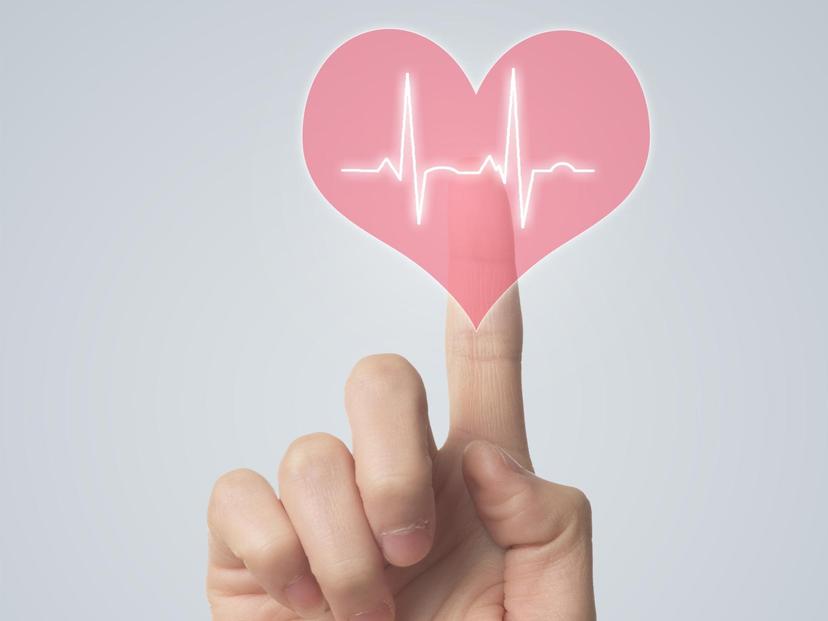13 мая 2025
How Heart Diseases Are Treated in 2025


13 мая 2025
How Heart Diseases Are Treated in 2025
## Choosing the Optimal Treatment
Even experienced doctors sometimes struggle to determine the best treatment approach. High-precision AI-driven algorithms analyze data, predict treatment outcomes, and even assist surgeons in decision-making during operations. As a result, surgeries become safer and more effective.
## Ischemic Heart Disease and Arrhythmia
The use of robotic assistance enables minimally invasive procedures with greater precision and flexibility, revolutionizing surgeries such as coronary artery bypass grafting and mitral valve repair.
> Ischemic heart disease (IHD) can now be accurately diagnosed remotely by analyzing the heart using radioactive particles.
## Angina or Myocardial Infarction Caused by Arterial Narrowing
Developing biocompatible polymers and shape-memory alloys has opened new possibilities for creating customized [cardiovascular](https://ul.orna.me/KOge/librarydisease?id=111) devices with enhanced durability, such as stents and grafts.
## Blood Clots (Thrombosis)
Innovative anticoagulants introduced in recent years ===have significantly reduced the risk of clot formation in people with atrial fibrillation. Additionally, a new, minimally invasive procedure called endovascular thrombectomy allows for the removal of blood clots from blocked arteries in the brain and limbs. This procedure restores blood flow and prevents further damage to the brain.
## High Cholesterol Levels
New classes of lipid-lowering drugs have been developed to effectively control [cholesterol](https://ul.orna.me/KOge/librarybiomarker?id=57) levels, particularly for patients who cannot tolerate statins. LDL apheresis and PCSK9 inhibitors have already demonstrated their effectiveness.
## Hypertension (High Blood Pressure)
In 2023, a groundbreaking medication called Zilebesiran completed clinical trials. This drug is administered subcutaneously and blocks angiotensinogen, a protein responsible for raising blood pressure.
## Restoring Heart Structure and Function
Bioengineering methods are increasingly used in cardiovascular disease treatment. These include stem cell therapy, tissue engineering, and the development of biomimetic scaffolds. These approaches aim not only to repair heart structures but also to stimulate natural healing processes.
## Preoperative Planning
3D printing technology enables the creation of highly precise anatomical models tailored to individual patients. Additionally, augmented reality can generate 3D maps of the cardiovascular system, allowing surgeons to prepare more effectively for operations.
> 3D printing also allows for creating tissue structures with biomimetic properties for use in regenerative medicine.
## Real-Time Monitoring
Wearable devices equipped with sensors continuously track and transmit vital physiological indicators in real time, improving early detection and response to cardiovascular issues.
## Reducing Radiation Exposure
In addition to traditional methods like fluoroscopy and angiography, new alternatives have been developed to minimize radiation exposure during endovascular procedures, including:
- Intravascular ultrasound (IVUS): Provides detailed imaging of vessel walls and atherosclerotic plaques.
- Magnetic resonance angiography (MRA): This delivers high-resolution vascular imaging and accurate blood flow assessment.
- Fiber-optic technology: Uses optical fibers to create 3D images of vascular structures, visualizing changes without X-ray radiation.
## Preventing Cardiovascular Diseases
The study of cardiovascular biomarkers and genetic analysis now enables early detection of risk factors and predisposition to heart diseases. This allows doctors to personalize treatment based on a patient's unique characteristics.













